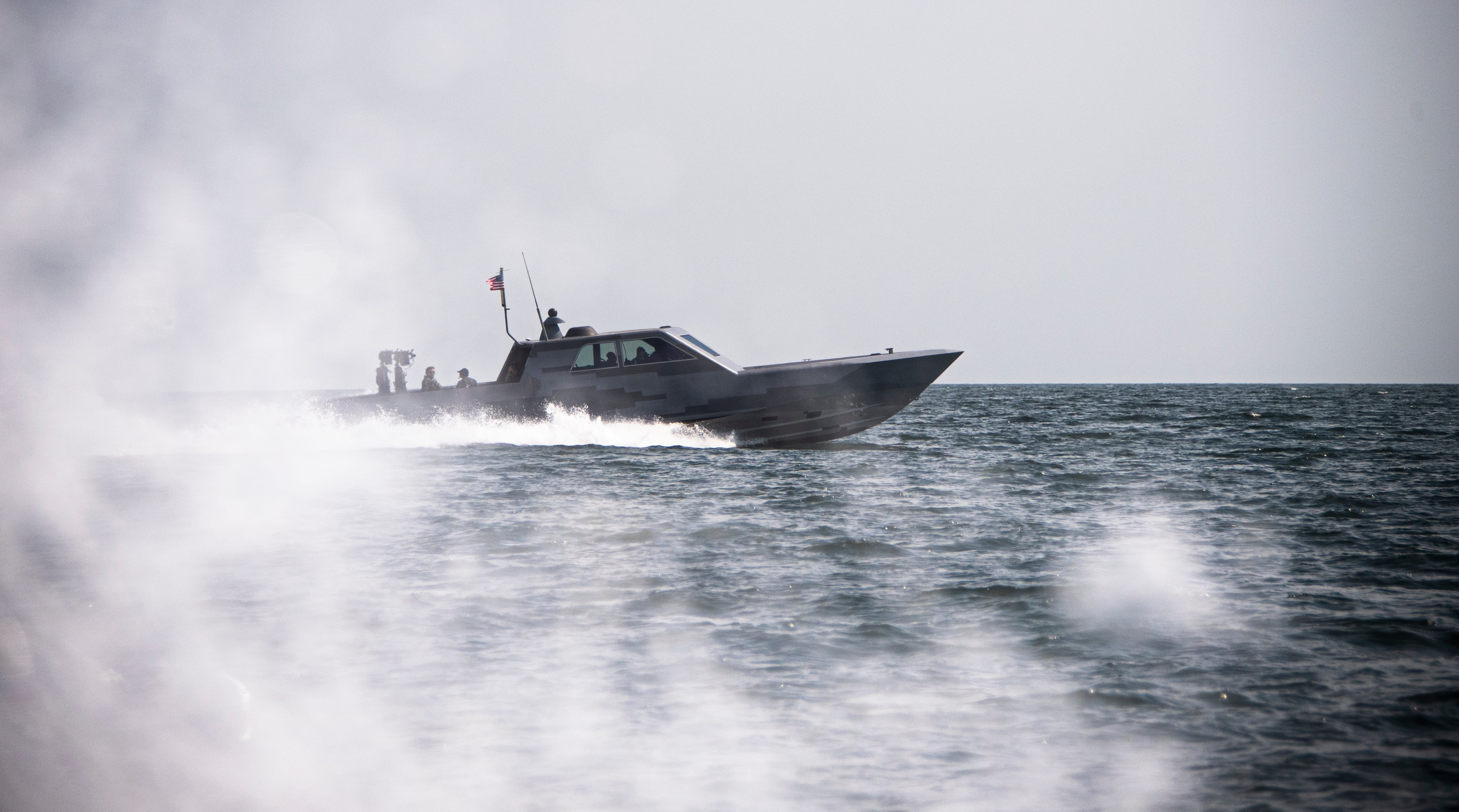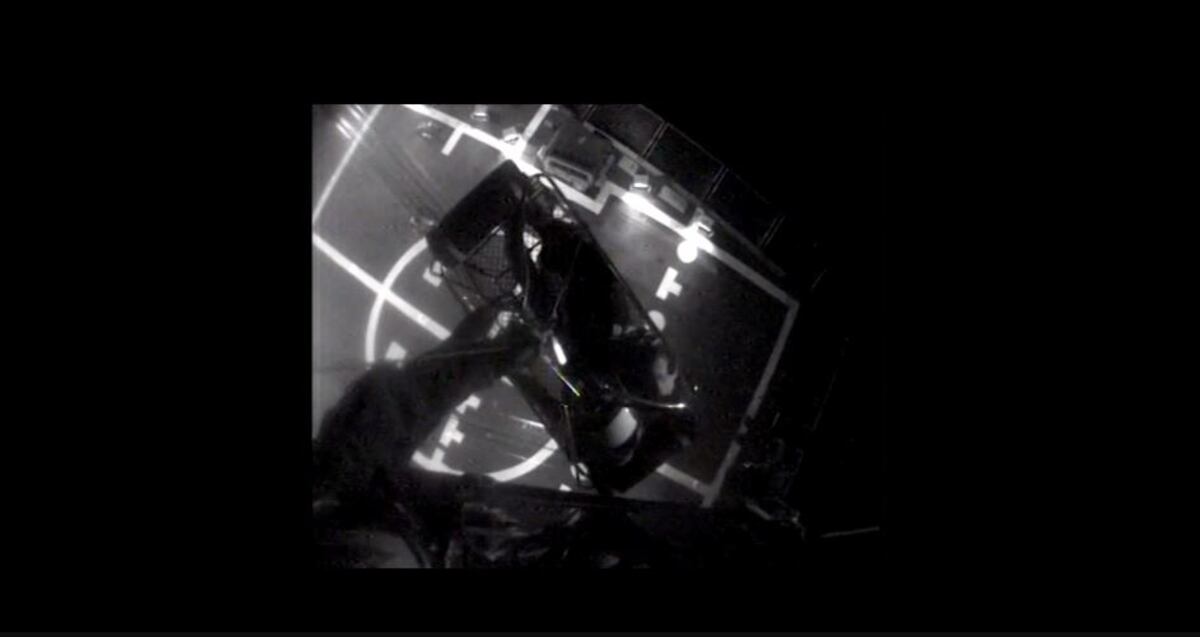A Wednesday evening collision involving a Coast Guard craft and a Navy boat in Alaska’s Womens Bay left at least nine personnel injured, one seriously.
Coast Guard Alaska 17th District spokesman Lt. Cmdr. Scott McCann told Navy Times that six enlisted members of his service’s Aids to Navigation Team Kodiak were treated and released after suffering light injuries.
Three Navy personnel also were treated, with one seriously injured sailor being flown to Anchorage for special care.
“It was worse than the others,” McCann said.
Although the collision occurred around 7:30 p.m. Wednesday just east of Coast Guard Base Kodiak, neither the ANT crew nor the Navy’s boat team had been training together on the water, McCann said.
The Coast Guard ANT crew had finished an evolution involving helicopter hoist training and were returning to base.
McCann said he did not know what the sailors were doing on the bay, but his service’s 38-foot Special Purpose Craft - Training Boat was about the same size as the Navy’s vessel.
Navy Lt. Matthew A. Stroup — a spokesman for Naval Special Warfare in Coronado, California — said in an early Friday email to Navy Times that the sailors were on board a Combatant Craft Medium performing “routine training operations” before the collision and the injured personnel are in “stable condition” after being taken to local medical facilities.
Special Boat Teams operate 41-foot high-powered and nimble Combatant Craft Medium tactical insertion vessels constructed of composite materials.
They’re designed to be difficult to detect on the water or ashore and can be used by SEALs for cold weather training near the sprawling Coast Guard base.
Stroup added that the boats are used for fire support; to perform maritime interdiction and execute visit, board, search, and seizure missions; and when conducting maritime intelligence, surveillance, reconnaissance (ISR) and counter-terrorism operations.

Both boats are tied up at the Kodiak base and no damage assessment has been conducted, although one will be completed during a formal probe into the mishap.
“Usually we’re the lead agency when it comes to collisions, but because this involved a Navy boat it’s likely to be a joint investigation,” McCann said.
McCann said that after the collision both boats radioed Coast Guard watchstanders to report the mishap and medical personnel were waiting for them at the pier.
As is standard operating procedure, McCann said toxicology tests were performed on the personnel but he does not know the results or even if a report has been made about them.
Investigators will begin work to “evaluate the totality of the circumstances” that led to the collision, including obtaining sworn statements from both crews, obtaining “an electronic footprint” of both vessels’ movements across the water, charting local weather conditions and then “connecting all that data” into what likely caused the mishap, McCann added.
According to the National Weather Service, sea conditions off Kodiak Island on Wednesday evening were normal for that time of the year — cold and clear.
At 6:53 p.m., for example, the wind was blowing from the north at 5 miles per hour, with fair weather, good visibility, a temperature of 29 degrees Fahrenheit and no precipitation.
“It’s rare for us to collide with anything, so it’s important to find out what happened so we can prevent it from happening again,” McCann said.
RELATED






